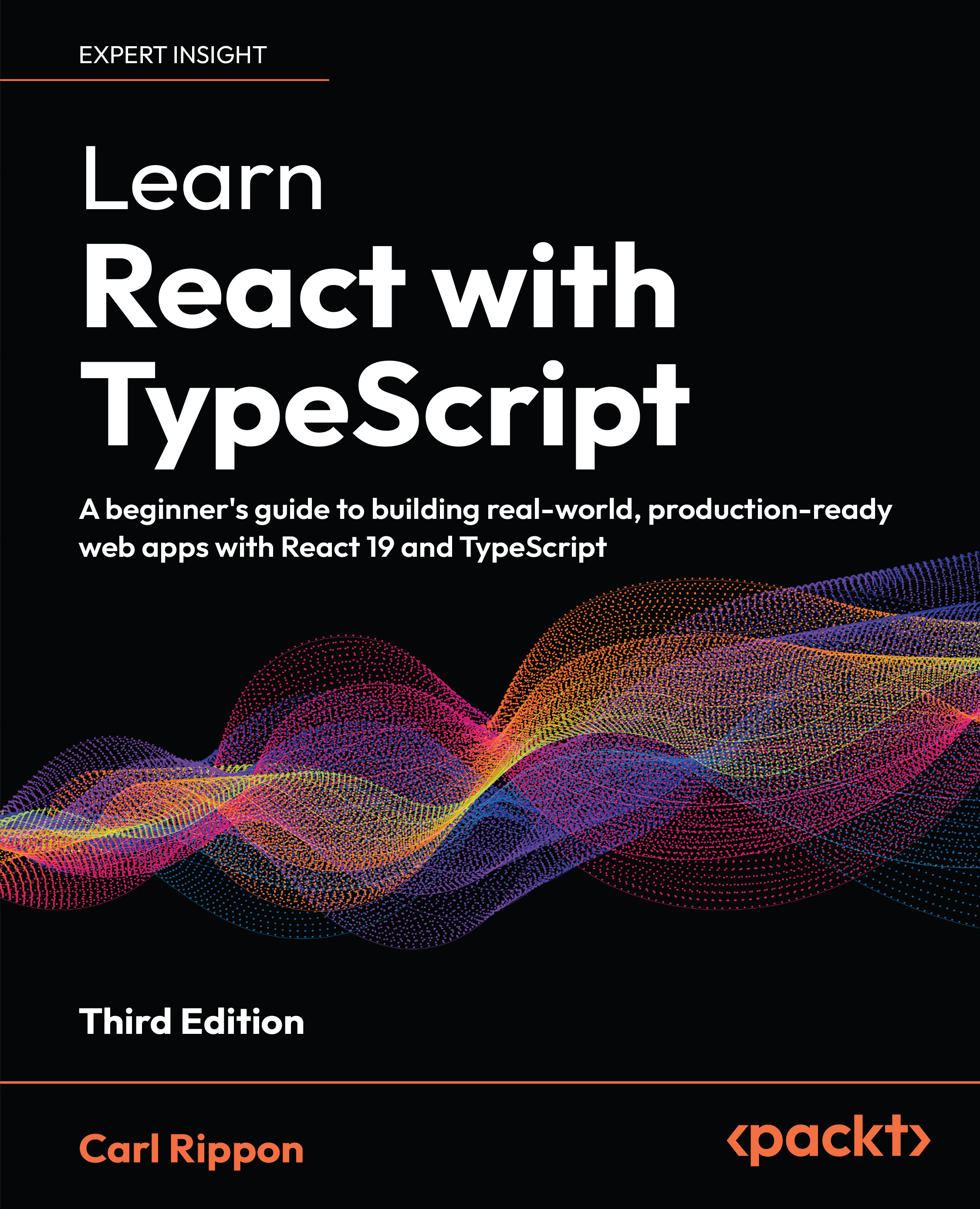-
Book Overview & Buying

-
Table Of Contents
-
Feedback & Rating

Learn React with TypeScript
By :

 Sign In
Start Free Trial
Sign In
Start Free Trial

In this chapter, we learned that RSCs were fully released in React 19 and run exclusively on the server. Unlike Client Components, RSCs can be asynchronous and interact directly with server resources such as databases.
The primary benefits of RSCs include improved performance since they reduce the amount of JavaScript that’s sent to the client and lower the number of network calls that are made from the browser. Developer productivity is also enhanced because RSCs allow frontend and backend code to be colocated, eliminating the need to shift between different paradigms.
Client Components are essential for interactivity as they support React Hooks and browser API access. They run on the client after initial server rendering. Developers can declare a component as a Client Component by adding the ‘use client’ directive. RSCs can be nested inside Client Components by passing them as props.
Next.js is a popular React-based framework that supports...